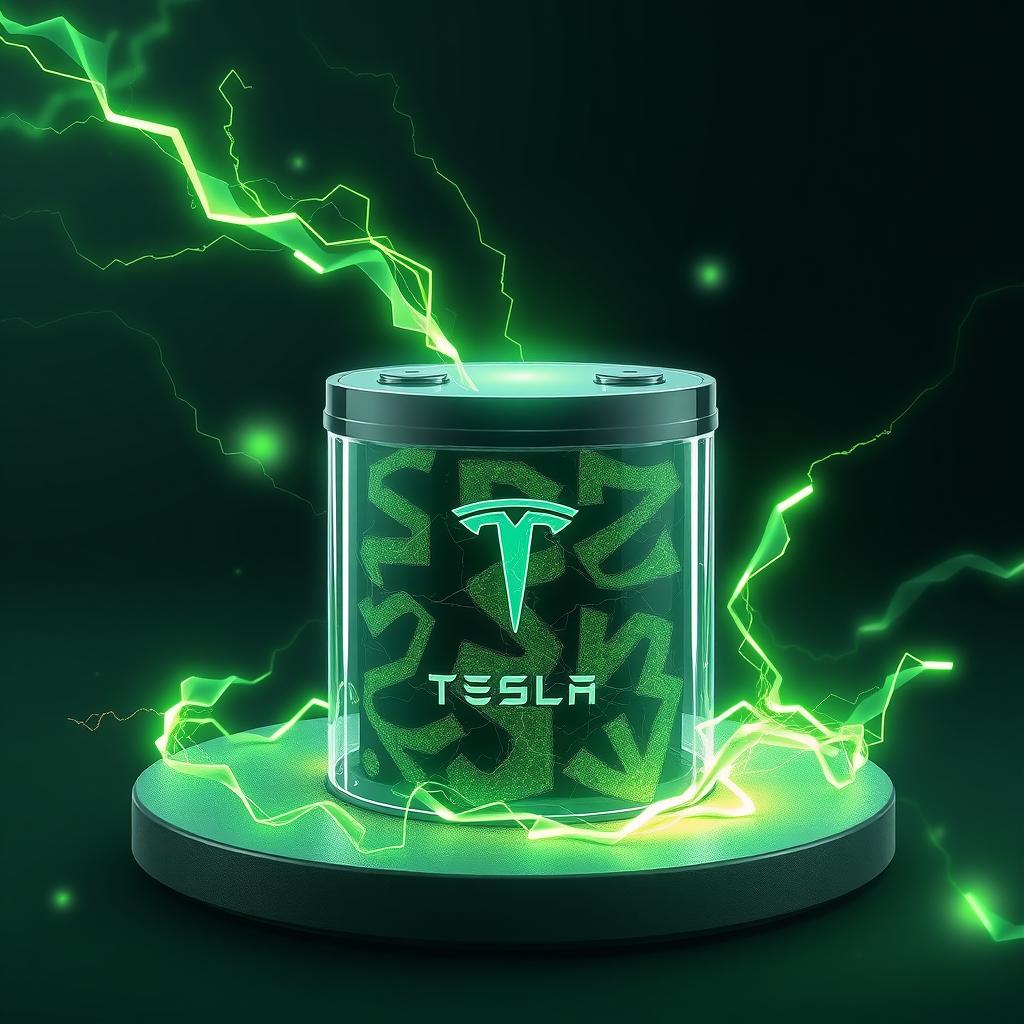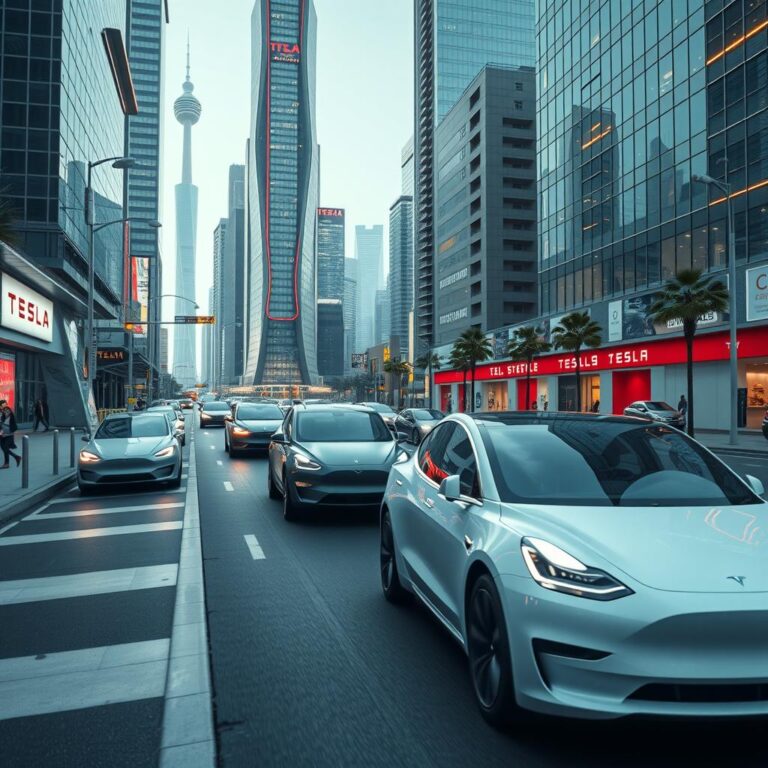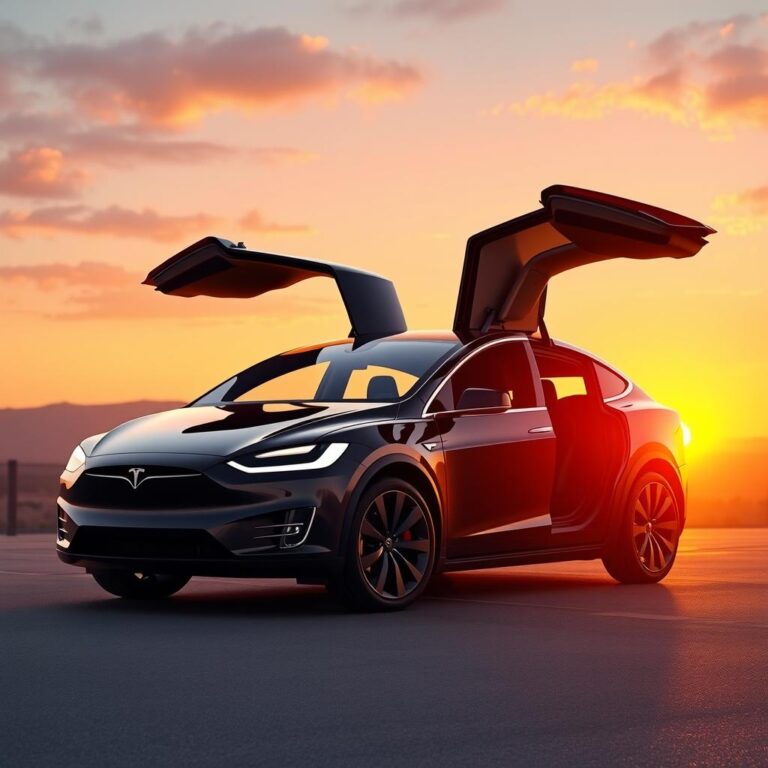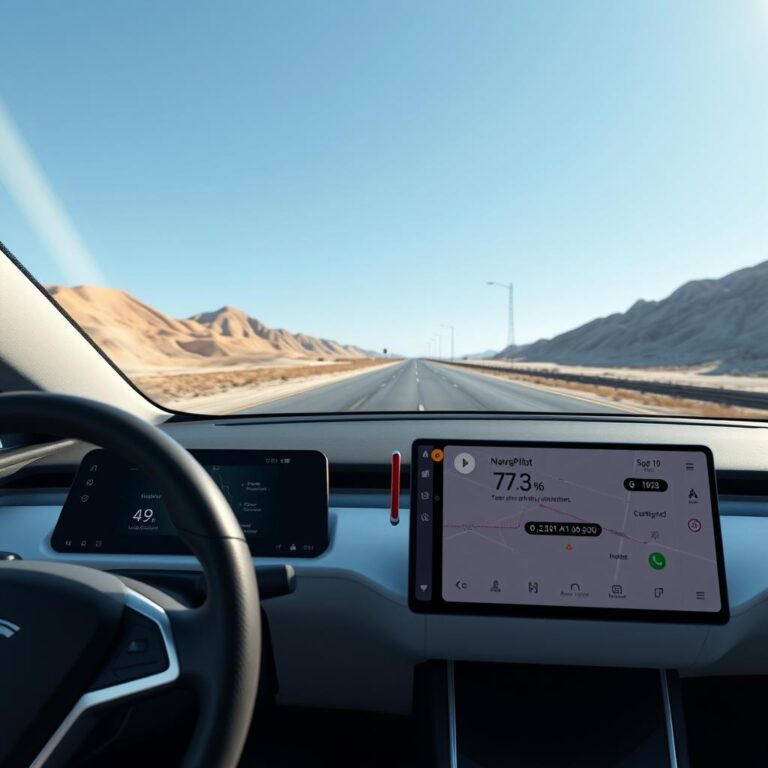Are Tesla Cars Self Charging?
Are Tesla Cars Self-Charging? Here’s the Truth
If you’ve been looking into electric vehicles (EVs), you’ve probably heard some buzz about Tesla cars and their capabilities. One question that often comes up is, “Are Tesla cars self-charging?” It’s a great question, and it speaks to the ongoing excitement and curiosity surrounding electric vehicles. While the idea of a “self-charging” car sounds futuristic and convenient, the reality is a bit different. Let’s break it down and see what Tesla offers in terms of charging and energy efficiency.
Understanding How Tesla Cars Charge
Tesla cars don’t technically “self-charge” in the sense that they can generate power without an external source. Unlike a traditional car that uses a combustion engine to generate power, or a hybrid vehicle that has a gas engine and an electric motor, Tesla cars rely entirely on electricity stored in their batteries. The battery needs to be charged through an external power source—usually from a charging station or a wall outlet.
The Charging Process for Tesla Vehicles
To understand whether Tesla cars are self-charging, we first need to understand how they are charged. Tesla offers several options for charging your vehicle:
- Home Charging: Tesla cars can be charged at home using a standard electrical outlet or a Tesla Wall Connector, which is a faster charging option specifically designed for Tesla vehicles.
- Supercharger Network: Tesla’s Supercharger network offers fast-charging stations that allow drivers to quickly charge their cars on long trips. These stations are located all over the world, making long-distance travel easier for Tesla owners.
- Destination Charging: Tesla also has a network of destination chargers, often located at hotels, restaurants, and other public places. These are slower than Superchargers but still provide convenient charging options for Tesla owners while they’re out and about.
So, while Tesla cars don’t charge themselves without external input, they do offer a variety of charging options that make it convenient for owners to keep their vehicles powered up.
Can Tesla Cars Charge Themselves While Driving?
Now, let’s tackle a common misconception—can Tesla cars charge themselves while driving? The short answer is no. Tesla vehicles do not have the ability to generate energy while driving, like a hybrid vehicle with regenerative braking. However, Tesla does use regenerative braking to capture some of the energy that is typically lost during braking and return it to the battery. This process helps to increase the vehicle’s range and efficiency but does not replace the need for external charging sources.
What is Regenerative Braking?
Regenerative braking is a technology used by electric vehicles, including Teslas, to recover energy during braking. Instead of the energy being wasted as heat, the electric motor acts as a generator, converting the kinetic energy of the car back into electricity. This energy is then stored in the battery for later use. While regenerative braking helps extend the vehicle’s range, it is not sufficient to fully charge the car without an external power source.
While it’s a helpful feature, regenerative braking is not a substitute for plugging your Tesla into a charger to fully recharge the battery.
The Myth of Self-Charging Cars
The idea of a “self-charging” car often comes up when people discuss the future of electric vehicles, but it’s important to clarify the terminology. While certain technologies, like regenerative braking, help extend the range of EVs, they do not replace the need for charging. Currently, all electric cars—including Teslas—require external sources of electricity to fully charge their batteries. There’s no magic technology that allows a car to charge itself indefinitely without any external input.
What About Solar Charging for Teslas?
Now, you might be thinking about Tesla’s solar products, like the Solar Roof and Solar Panels. Tesla offers solar energy solutions that can help power your home and, indirectly, your car. If you have a solar setup at your house, you could potentially charge your Tesla using solar energy, which reduces your reliance on the electrical grid and helps reduce your carbon footprint.
However, even with solar power, you still need to connect your car to the charging system. While it’s an environmentally friendly and cost-effective way to power your Tesla, it still requires a system that collects and stores energy from the sun, which is then used to charge the vehicle. In short, Tesla cars don’t charge themselves—they can charge from solar panels, but the solar panels themselves still need to be installed and connected to the vehicle to make that happen.
How Long Does It Take to Charge a Tesla?
The time it takes to charge a Tesla depends on several factors, including the type of charger you’re using and the size of the battery. Here’s a breakdown of typical charging times:
- Standard Wall Outlet: Charging from a regular home outlet can take a long time—anywhere from 24 to 72 hours for a full charge, depending on the model and battery size.
- Tesla Wall Connector: With a Tesla Wall Connector, you can expect to charge the car much faster, with a typical charge time of about 6 to 12 hours, depending on the model and charger capacity.
- Supercharger Network: Tesla Superchargers are the fastest option, capable of charging a Tesla to about 80% in around 30 minutes, making them ideal for long road trips.
While Tesla cars don’t charge themselves, they offer plenty of convenient and fast charging options to ensure that your vehicle is ready when you need it.
Conclusion: Are Tesla Cars Self-Charging?
To sum it up, no, Tesla cars are not self-charging. While they do feature regenerative braking to extend the range by capturing some of the energy during braking, they still require an external source of power to fully charge the battery. Tesla offers several charging options, including home charging, the Supercharger network, and destination chargers, making it relatively easy to keep your car powered up.
While self-charging technology is an exciting concept, it’s important to understand the current capabilities of electric vehicles. For now, you’ll still need to plug your Tesla into a charging source to keep it running—but with the variety of convenient charging options available, it’s easier than ever to keep your Tesla charged and ready to go.

The Future of Self-Charging Cars: What’s Next for Tesla?
Will Tesla Ever Have a Fully Self-Charging Car?
The concept of a self-charging car is undoubtedly an intriguing one, and many people wonder if Tesla will ever develop a vehicle that charges itself without external input. While there are no official plans for a fully self-charging Tesla at the moment, the company is constantly innovating, and we might see new technologies in the future that bring us closer to this idea.
Advancements in Regenerative Braking and Energy Recovery
One area where Tesla could see improvements is in regenerative braking. Currently, regenerative braking helps extend the vehicle’s range by capturing some of the energy from braking and converting it into electricity. While this isn’t enough to fully charge the vehicle, Tesla is likely to continue improving this system, making it more efficient in terms of energy recovery.
Imagine a scenario where Tesla increases the efficiency of regenerative braking to the point where it could add a significant amount of charge while driving. While this wouldn’t fully eliminate the need for external charging, it could reduce how often you need to plug in your vehicle, potentially extending your driving range even further without requiring extra charging stations or outlets.
Solar Power and Future Possibilities
Another exciting possibility for the future of self-charging cars involves solar power. Tesla has already explored this technology with its solar roof and solar panels for homes, and there have been discussions about integrating solar panels directly into vehicles. Tesla’s Solar Roof can collect solar energy and store it in a Powerwall, which could then charge a Tesla vehicle. This approach would make it possible for a Tesla owner with solar panels to power their car with renewable energy generated directly from the sun.
However, while Tesla’s solar technology can be used to charge cars, the energy requirements of a Tesla vehicle are far greater than what a single car’s solar panels could generate. Even with the addition of solar panels, a car will still require traditional charging methods for the bulk of its energy needs, particularly on cloudy days or when parked indoors.
What Tesla Owners Can Expect in Terms of Charging Convenience
Even though fully self-charging cars are not a reality yet, Tesla owners enjoy a wide range of convenient charging options that make the charging process relatively hassle-free. Tesla’s Supercharger network and various home charging solutions are some of the most user-friendly options available in the EV market today.
Expanding Charging Infrastructure
Tesla is continuing to expand its global network of Supercharger stations, making long-distance travel easier for owners. The convenience of Tesla’s Supercharger stations, which can charge the car up to 80% in just 30 minutes, means that even without a self-charging car, Tesla owners can quickly get back on the road during longer trips.
As Tesla continues to improve its infrastructure, we may see even faster charging speeds and more widespread access to charging stations, reducing the reliance on home charging and making it easier to keep your car powered up wherever you go.
Wireless Charging: A Potential Future for Tesla?
While Tesla currently relies on traditional plug-in charging, there is the possibility of wireless charging becoming more common in the future. Several automakers and technology companies are experimenting with wireless charging systems, which could be installed at home or at public charging stations. These systems use electromagnetic fields to transfer energy from the charging pad to the vehicle’s battery without the need for physical connections.
In the future, if wireless charging becomes widely available, it could make charging even more convenient. Imagine driving into your garage and having your Tesla charge itself automatically as you park, without the need to plug in a cable. While wireless charging is still in development and not yet commercially available, it could be part of the evolution of EV charging technologies.
Conclusion: Are Tesla Cars Self-Charging?
So, are Tesla cars self-charging? The answer is no—at least not in the way we might hope. Tesla vehicles do not have the ability to generate power on their own without an external charging source. However, Tesla’s regenerative braking system and potential solar power integration could help reduce the need for frequent external charging in certain conditions.
While the technology to create a fully self-charging car doesn’t exist yet, Tesla is pushing the boundaries of what’s possible in the electric vehicle space. With advancements in regenerative braking, solar power integration, and the expansion of its charging infrastructure, Tesla is making the process of charging as convenient as possible for its customers. For now, though, external charging is still necessary, and Tesla continues to provide numerous options to ensure your vehicle stays powered up and ready to go.
As for the future? Who knows! Tesla’s innovation has already transformed the automotive industry, and it’s likely that new advancements in charging technologies will continue to shape the way we think about electric vehicles. But for now, you’ll need to plug in your Tesla to keep it running.



